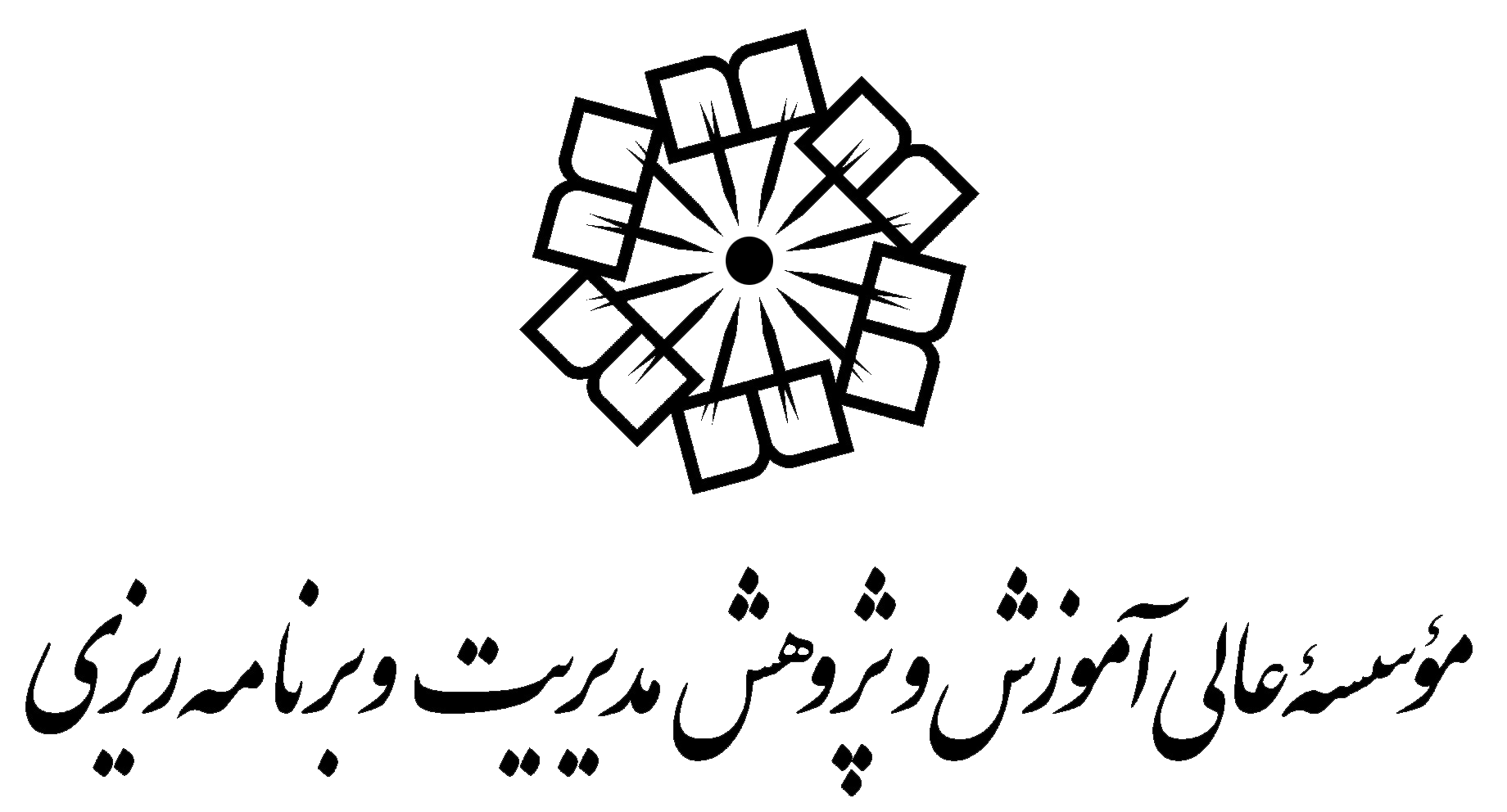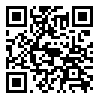1. Basque, J., & Langley, A. (2018). Invoking Alphonse: The founder figure as a historical resource for organizational identity work. Organization Studies, 39: 1685- 1708. [
DOI:10.1177/0170840618789211]
2. Bednar, J. S., & Brown, J. A. (2024). Organizational ghosts: How "ghostly encounters" enable former leaders to influence current organizational members. Academy of Management Journal, 67(3), 737-766. [
DOI:10.5465/amj.2022.0622]
3. Baker, J. (2017). Ghosts: A Haunted History. [
DOI:10.1080/0015587X.2017.1308684]
4. Beyes, T., and C. Steyaert. 2013. "Strangely Familiar: The Uncanny and Unsiting Organizational Analysis." Organization Studies 34: 1445-1465. [
DOI:10.1177/0170840613495323]
5. Bingham, J. B., Oldroyd, J. B., Thompson, J. A., Bednar, J. S., & Bunderson, J. S. (2014). Status and the true believer: The impact of psychological contracts on social status attributions of friendship and influence. Organization Science, 25: 73-92. [
DOI:10.1287/orsc.2013.0827]
6. Blackman, L. (2015). "Researching Affect and Embodied Hauntologies: Exploring an Analytics of Experimentation." In Affective Methodologies: Developing Cultural Research Strategies for the Study of Affect, edited by T. Knudsen and B. C. Stage, 25-44. Basingstoke: Palgrave Macmillan. [
DOI:10.1057/9781137483195_2]
7. Bracht, E. M., Monzani, L., Boer, D., Haslam, S. A., Kerschreiter, R., Lemoine, J. E., & van Dick, R. (2023). Innovation across cultures: Connecting leadership, identification, and creative behavior in organizations. Applied Psychology, 72(1), 348-388. [
DOI:10.1111/apps.12381]
8. Carsten, J. (Ed.). (2007). Ghosts of memory: Essays on remembrance and relatedness. Blackwell Publishing. [
DOI:10.1002/9780470692301]
9. Cresswell, J. W. (2007). "Qualitative inquiry and research design": Choosingamong five approaches. Lincoln: Sage, London.
10. Dailey, S. L., & Browning, L. 2014. Retelling stories in organizations: Understanding the functions of narrative repetition. Academy of Management Review, 39: 22-43. [
DOI:10.5465/amr.2011.0329]
11. Danaeifard, H. & Kazemi, S. H. (2010). "Interpretive Research in Organizations, Phenomenological Strategies and Phenomenology", Tehran: Imam Sadeq University Press. (In Persian)
12. De Silva, D., & Dempsey, E. (2022). Empathy and compassion: towards wellbeing in learning development. Journal of Learning Development in Higher Education, (25). [
DOI:10.47408/jldhe.vi22.988]
13. Dickelman, E. (2009). A phenomenological study: Understanding the management of social categorization diversity issues associated with college athletic teams. University of Phoenix.
14. Fathi-Livari R, Hamidizadeh A, Sanoubar N, Zareei-Matin H. (2019). Designing and Validating the Ethical Leadership Model in Organizations. JMDP. 31(4), 37-62. (In Persian)
15. Falahati, L. (2023). Absent Leaders in the Territory of Wandering Ghosts: Meta synthesis of studies on women's challenges in the path of leadership in higher education across the world. Society Culture Media, 12(47), 243-263. (In Persian)
16. Fiske, S. T., Cuddy, A. J., & Glick, P. (2007). Universal dimensions of social cognition: Warmth and competence. Trends in Cognitive Sciences, 11: 77-83. [
DOI:10.1016/j.tics.2006.11.005] [
PMID]
17. Gabriel, Y. (2004). Your home, my exile: Boundaries and 'otherness' in antiquity and now. Organization Studies, 24, 619-632. [
DOI:10.1177/0170840603024004006]
18. Gordon, A. F. (2008). Ghostly matters: Haunting and the sociological imagination. Minneapolis: University of Minnesota Press.
19. Gurman, M. (2012), January 29. Steve Jobs' legacy lives on at Apple Campus with posters and quotes. 9to5Mac
20. Hambrick, D. C. (2007). Upper echelons theory: An update. Academy of Management Review, 32: 334-343. [
DOI:10.5465/amr.2007.24345254]
21. Hasheminia, S. M. & Hasheminia, S. H. (2020). Shadow Management in Organizations and Economy (Phantom), Second Conference on Accounting and Management, Padova, Italy. (In Persian)
22. Hom, P. W. (2011). Organizational exit. In S. Zedeck (Ed.), APA handbook of industrial and organizational psychology, Vol. 2. Selecting and developing members for the organization: 325-375. American Psychological Association. [
DOI:10.1037/12170-011]
23. Hunter, C., & Baxter, L. (2021). Ghosts in the organization, Culture and Organization, 27:4, 285-288, [
DOI:10.1080/14759551.2021.1923130] [
doi: 10.1080/14759551.2021.1923130]
24. Johnstone, S. I. (1999). Restless dead: Encounters between the living and the dead in ancient Greece. Berkeley: University of California Press.
25. Kindsiko, E., Kiisla, A., Vadi, M., & Reino, A. (2022). The Hauntings of Past Leaders: Why do Employees Invocate the Ghost?. In Academy of Management Proceedings (Vol. 2022, No. 1, p. 12425). Briarcliff Manor, NY 10510: Academy of Management. [
DOI:10.5465/AMBPP.2022.12425abstract]
26. Kraatz, M. S., Flores, R., & Chandler, D. (2020). The value of values for institutional analysis. Academy of Management Annals, 14: 474-512. [
DOI:10.5465/annals.2018.0074]
27. Lee, T. L., & Fiske, S. T. (2008). Social cognitive perspectives on leadership. In C. L. Hoyt, G. R. Goethals, & D. R. Forsyth (Eds.), Leadership at the crossroads: Psychology and leadership, vol. 1: 101-115. Westport, CT: Praeger
28. Lefebvre, H. (2004). Rhythmanalysis: Space, Time and Everyday Life. London: Bloomsbury.
29. Lord, R. G., & Brown, D. J. (2004). Leadership processes and follower self-identity. Mahwah, NJ: Lawrence Erlbaum Associates. [
DOI:10.4324/9781410608864]
30. Lynch, C., & Ferasso, M. (2023). The influence of a company's inherent values on its sustainability: Evidence from a born-sustainable SME in the footwear industry. Cleaner and Responsible Consumption, 9, 100124. [
DOI:10.1016/j.clrc.2023.100124]
31. Maclean, M., Harvey, C. E., & Suddaby, R. R. (2022). Multi-temporality and the Ghostly: Capturing the Spirit of Time Past and Yet to Come?. In Academy of Management Proceedings (Vol. 2022, No. 1, p. 16315). Briarcliff Manor, NY 10510: Academy of Management. [
DOI:10.5465/AMBPP.2022.36]
32. Mohammadi Fateh, E., Mohammadi Fateh A, & Mohammadi, D. (2020). Effects of Privatization of Iranian Listed Corporates on their Functions and Performance. JMDP. 33(2), 99-128. (In Persian) [
DOI:10.52547/jmdp.33.2.99]
33. Olick, J. K., & Robbins, J. (1998). Social memory studies: From "collective memory" to the historical sociology of mnemonic practices. Annual Review of Sociology, 24: 105-140. [
DOI:10.1146/annurev.soc.24.1.105]
34. Orr, K. (2014). Local government chief executives' everyday hauntings: Towards a theory of organizational ghosts. Organization Studies, 35: 1041-1061. [
DOI:10.1177/0170840614526182]
35. Peters, L. (2021). "'Siamese Ghost(s): The Doppelgänger in Twin Peaks." Culture and Organization 27 (4). [
DOI:10.1080/14759551.2021.1924172]
36. Power, M., & Tuck, P. (2024). The firm that would not die: Post-death organizing, alumni events, and organization ghosts. Critical Perspectives on Accounting, 99, 102647. [
DOI:10.1016/j.cpa.2023.102647]
37. Pors, J. (2016). "'It Sends a Cold Shiver Down my Spine': Ghostly Interruptions to Strategy Implementation." Organization Studies 37: 1641-1659. [
DOI:10.1177/0170840616655495]
38. Razman, A., Sabohi Laki, B. & Morshedi, M. (2017). Shadow Management Style or Management Phantoms. First International Scientific Conference on Management, Applied Economics and Business. (In Persian)
39. Schultz, M., & Hernes, T. (2013). A temporal perspective on organizational identity. Organization Science, 24: 1-21. [
DOI:10.1287/orsc.1110.0731]
40. Trice, H. M., & Beyer, J. M. 1986. Charisma and its routinization in two social movement organizations. Research in Organizational Behavior, 8: 113-164.
41. Town, S. (2021). Virtuous spirits and vicious demons: ghost stories of organizational change. Culture and Organization, 27(4), 318-331. [
DOI:10.1080/14759551.2021.1921776]







